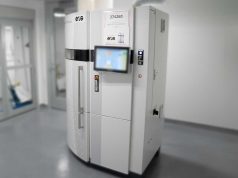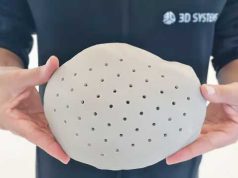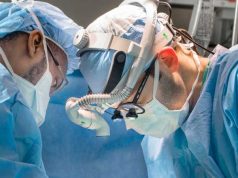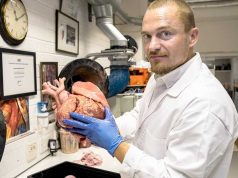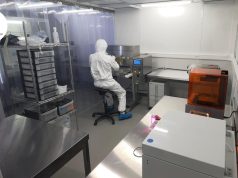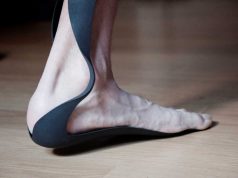Shannon Bakarich, PhD student at the University of Wollongong in Austrialia, has developed a method to 3D print fibre enforced hydrogel for tissue engineering.
Since hydrogels are challenging to work with due to their mechanical properties, scientists have been working on methods to make the material tougher and more efficient for the use of tissue engineering. The 3D printing process developed by Bakarich starts with simultaneously printing with two inks, which are then cured by a UV system. One of the liquids cures into a wet and soft hydrogel, the other into a stiff and hard plastic in order to form the reinforcing fibers of the structure.
Hydrogel is commonly used as scaffold for the process of creating organs or connective tissue from cells. Tissue engineering plays an important role within the fields of dermal wound healing, bone and cartilage repair.
(C) Picture and Link via ACS Publications
Subscribe to our Newsletter
3DPResso is a weekly newsletter that links to the most exciting global stories from the 3D printing and additive manufacturing industry.




